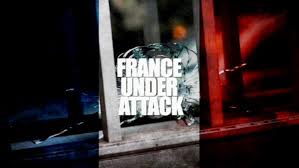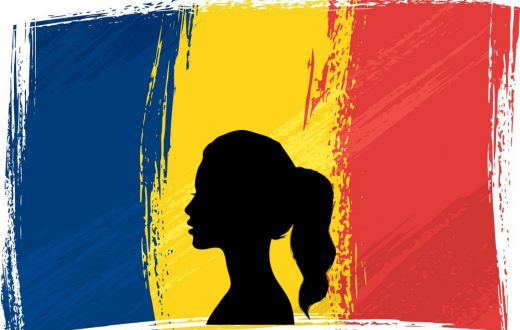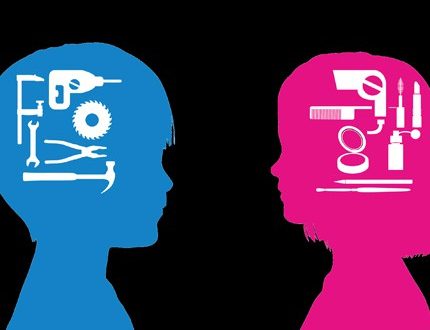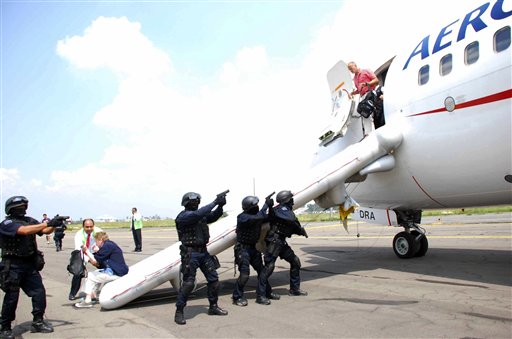We think we know what a terrorist looks like. Photos of angry-eyed young men toting machine guns top every news hour and confirm the same stereotype that even we in the security business often rely on to spot would-be attackers. Those who answer the call to jihad, we imagine, are overwhelmingly male. But last month, a husband-wife team of attackers in California overturned those assumptions. The rampage of Syed Farook and his wife, Tashfeen Malik, awakened the public to the unsettling reality that women are just as capable of picking up a gun or assembling a bomb.
Still, growing awareness is no true call for alarm. We are more afraid of terrorist attacks then ever, but as my levelheaded colleague here at Stratfor has pointed out, terrorism itself is nothing new. And the two shooters who sent bullets flying in San Bernardino last month were far from the first husband and wife team to wreak havoc in the name of a violent, revolutionary ideology.
On a shelf here in my office, I have a copy of my 2011 book, ChasingShadows, that on the inside cover bears the signature of a man named Ilich Ramirez Sanchez, along with a personalized note. Sanchez spent a career working as a gun for hire, orchestrating various bombings over the course of a decade and earning himself the nickname by which he is far better known today: “Carlos the Jackal.”
Like the terrorists we see today, he claimed that he was more than just an assassin, that the blood on his hands had all been shed for a greater cause: this time not extremist Islam, though he did convert to Islam in prison in 2001, but Marxism-Leninism.
The Jackal did not work alone. Throughout the 1970s, when he was at his most active, his closest partner in crime was none other than his German wife, Magdalena Kopp. The couple teamed up to plant bombs and conduct assassinations on behalf of, at various points over the years, the Popular Front for the Liberation of Palestine, the Russian KGB, East German Stasi and Moammar Gadhafi.
As I’ve told many agents over the years, any student of national security should know how Carlos operated and even how he failed. You can learn a lot by breaking down the attacks he orchestrated, including his failed 1973 PFLP assassination attempt on a Jewish businessman in London, or two years later, the successful attack on the OPEC Summit in Vienna. In 1985, when I worked in a cramped, three-man office at the Department of State Diplomatic Security Service, we had a thick brown accordion file stuffed full of news clippings, grainy surveillance photographs of Carlos and Kopp, foreign language magazines and various intelligence and Interpol reports on Carlos and his wife.
Carlos himself would go on to be arrested in the ’90s and brought back to France to stand trial for killing two French police officers in 1975. But the intriguing part to me about the two was Kopp. Before she passed away in June, I was able to correspond with her briefly to discuss some loose ends of an old case; she’d been living in Germany as a free woman for years. There is a common trope that women involved in crime have been manipulated or persuaded into joining the fight. But as a young woman in Germany, Kopp had become involved in the revolutionary effort of her own accord. She’d met Carlos already a radical in her own right.
In that sense, Kopp’s story presaged that of Malik. Like Kopp, Malik embraced her cause independently early on. Back in Pakistan before her emigration to the United States, she sent private messages to her friends online, saying she hoped to find a way to join violent jihad against the non-Muslim world. She was radicalized long before she joined her soon-to-be husband in the United States, and she likely helped plan the Dec. 2 assault in California.
Such husband and wife terror operatives are nothing new. And, whatever sensationalist headlines they may generate, neither are female assassins, terrorists and suicide bombers. Besides Carlos and Kopp, past husband-wife terrorist teams have included the famous Argentine revolutionary Che Guevara and his wife Aleida March, as well as Italian Red Brigades operatives Renato Curcio and Margherita Cagol, who kidnapped public figures and planted bombs in the quest for a communist Italy. The founder and leader of the Japanese Red Army was a woman, Fusako Shigenobu. Chechen “black widows” bombed planes in the struggle against Russia, and in 1991 it was a female suicide bomber who assassinated Indian Prime Minister Rajiv Gandhi. U.S. President Gerald Ford twice almost died at the hands of would-be female assassins: first Lynette “Squeaky” Fromme, then two weeks later, Sara Jane Moore. And today such notorious criminals as British “White Widow” Samantha Lewthwaite capture headlines precisely because they do not wear our idea of a murderer’s face.
This is not to say that female terrorists today are numerous. Most suicide bombers and militants are still men. And jihadist organizations such as the Islamic State tend, at least officially, to keep women out of combat.
But terrorist organizations exist in part because they style themselves as champions for a cause, whether it be the liberation of the proletariat or the establishment of an Islamic caliphate. For those who accept them, regardless of gender, these are powerful ideologies. They inspire their adherents to commit atrocities they would otherwise never dream of. Under the right conditions they motivate people just as effectively as fear or want. And when their call to action becomes a call to arms, we should not be surprised that some women eagerly join the fray.





